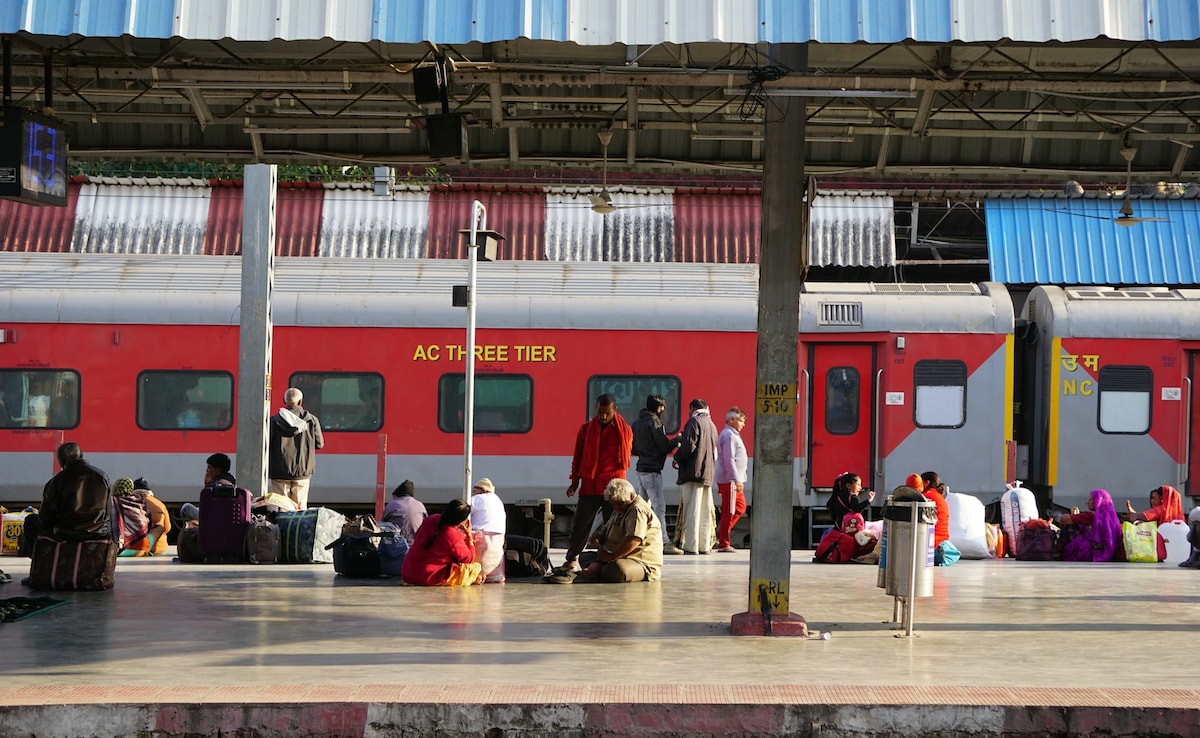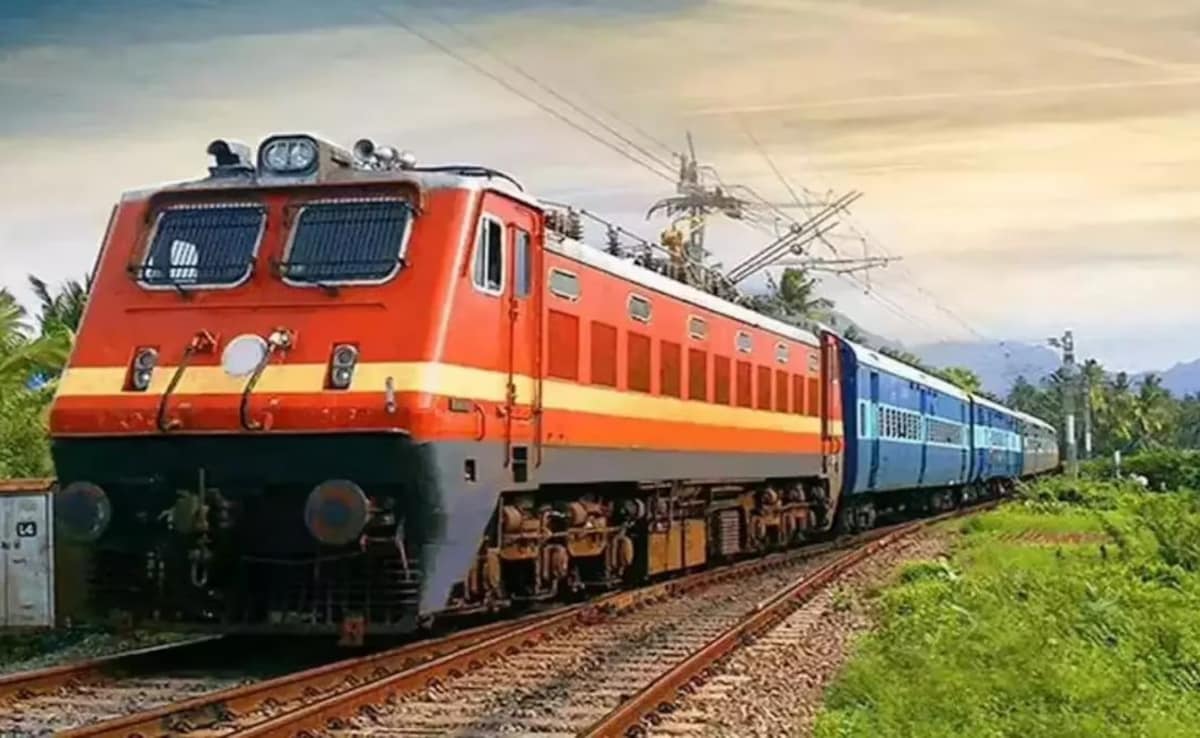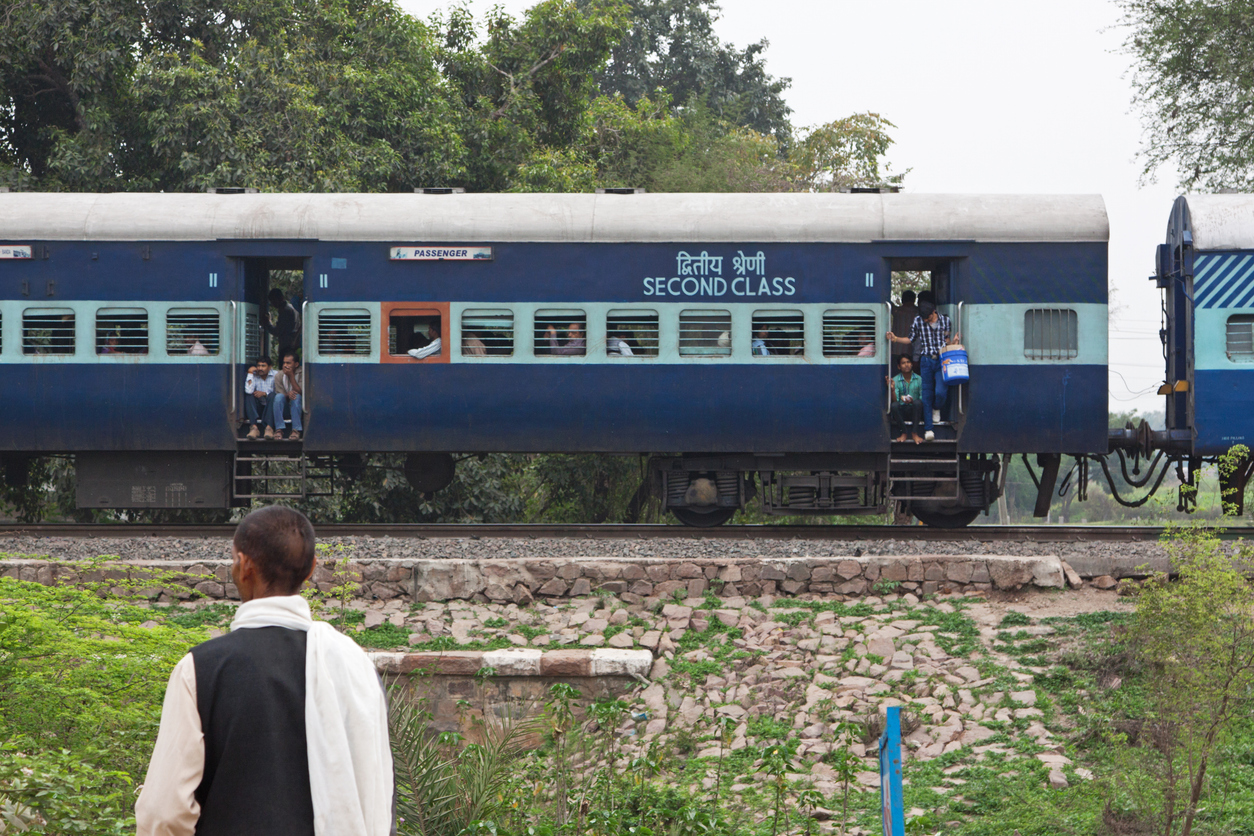
Picture this: you have booked a train ticket weeks in advance, and as the date nears, you check your PNR only to see those three letters - RAC. The first reaction is almost always panic. Will you get a seat? Will you be stuck standing for hours? Or will you be upgraded at the last minute? For millions of Indians, this moment is familiar. The RAC system, or Reservation Against Cancellation, is one of the most unique features of Indian Railways. Far from being a setback, it was designed to keep trains full, passengers moving, and journeys stress-free, even during peak travel. Here is everything you need to know about RAC tickets - how they work, how they differ from confirmed or waitlist tickets, and what smart travellers do to make the most of them.
What Exactly Does RAC Mean?
RAC stands for Reservation Against Cancellation. It comes into play once all confirmed berths in a class are booked. Instead of leaving passengers stranded, Indian Railways issues RAC tickets, which guarantee boarding but with a shared seat or berth arrangement.
As per the Indian Railways Passenger Reservation System: "A seat has been reserved against requisition for a berth, and a berth may be subsequently provided against cancellation." In simple terms, an RAC ticket means you can board the train and travel, even if you do not start with a full berth to yourself.
This is why regular commuters, families, and even last-minute travellers often prefer RAC to being waitlisted. You are in the system, on the train, and one cancellation away from comfort.
Also Read: Travelling This Festive Season? Here's How Indian Railways' New Scheme Can Save You Money

Photo Credit: Unsplash
Why Was The RAC System Introduced?
RAC was not a random workaround but a deliberate solution. It was created to balance passenger demand with railway efficiency:
- Maximising occupancy: Empty berths are avoided, ensuring trains run closer to full capacity.
- Reducing waiting list stress: Passengers are not denied travel entirely, which is especially critical during busy periods.
- Adding flexibility in peak seasons: During Diwali rushes, school holidays, or summer vacations, RAC provides travellers with certainty even when confirmed tickets are sold out.
As railway officials often emphasise, RAC is not a compromise - it is a smart mechanism that benefits both the system and its passengers.
Also Read: What Really Happens When You Pull The Chain On A Moving Train
RAC, Confirmed, Or Waitlist: What Is The Difference?
At this point, you may be wondering how RAC compares with other ticket types. The difference is simple but important:
| Ticket Tyoe | Travel Rights | Seat Allocation | Chances Of Confirmation |
| Confirmed | Guaranteed travel | Full berth | N/A |
| RAC | Guaranteed boarding | Shared berth | Upgraded if cancellations occur |
| Waitlist (WL) | No boarding without confirmation | None | Only if RAC/confirmed tickets are cancelled |
Put plainly, RAC sits between confirmed and waitlist - not as secure as a berth, but far more reliable than being waitlisted.
How RAC Works During Your Journey?
For first-timers, RAC can feel confusing. In practice, it is straightforward:
- Boarding: RAC passengers board as usual and are guided to shared berths by ticket-checking staff.
- Seating: In sleeper class, one lower berth is divided into two seats. In AC classes, side lower berths are typically shared.
- Upgrades: If a confirmed ticket holder cancels, RAC passengers are automatically upgraded. Updates appear via SMS and the IRCTC app.
In essence, you may start by sharing space, but with every cancellation before departure, your chances of stretching out increase.
How RAC Differs By Travel Class?
Not all RAC tickets look the same. Experience varies depending on where you are seated:
- Sleeper Class (SL): Two passengers share a lower berth split into seats. A cancellation upgrades one traveller.
- AC 3-Tier (3A): Wider berths make sharing slightly easier.
- AC 2-Tier (2A): Rare, but may occur when demand is very high.
- Chair Car & Shatabdi Trains: RAC may mean a shared or partially confirmed chair seat, with quicker upgrades due to frequent cancellations.
This variety means that while RAC can be slightly inconvenient, it is rarely unmanageable.
Checking Your RAC Status In Real Time:
The uncertainty of RAC is eased by live updates. Passengers can track progress through:
- IRCTC website and app with real-time confirmation alerts.
- SMS notifications sent to registered numbers.
- Third-party apps like RailMitra and ixigo, which even predict cancellation probabilities based on past trends.
Tips To Improve RAC Confirmation Chances:
Smart travellers use a few tricks to improve their odds:
- Book tickets as soon as the reservation window opens.
- Choose early-morning or less crowded trains, which usually see more cancellations.
- Keep checking apps and alerts for last-minute upgrades.
- Use the Tatkal scheme, especially for urgent trips.
- Opt for classes such as AC 3-Tier or Sleeper, where cancellations are more frequent.
Frequent passengers often track specific trains and routes to anticipate better upgrade chances.

Making RAC Travel Comfortable:
Even if you start with shared seating, you can stay comfortable with simple steps:
- Carry compact bedding like a shawl or pillow.
- Store luggage in a way that leaves space for co-passengers.
- Coordinate politely with the person sharing your berth.
- Keep essentials like water, snacks, and chargers handy to avoid constant movement.
RAC Ticket Refund Rules:
Cancellations under RAC are governed by clear rules:
- Before chart preparation: Full refund is issued.
- After chart preparation: Refunds are partial, as per IRCTC guidelines.
- E-tickets: Refunds are processed directly to your linked bank account.
This ensures transparency and avoids disputes.
Myths And Realities About RAC:
Several misconceptions make RAC more daunting than it is. Here are the facts:
Myth: RAC means no travel.
Reality: You are always allowed to board.
Myth: RAC is always uncomfortable.
Reality: With small adjustments, journeys can remain smooth.
Myth: RAC cannot be upgraded.
Reality: Cancellations often convert RAC tickets into confirmed berths.
Why RAC Benefits Frequent Travellers?
For business passengers or long-distance commuters, RAC provides a sense of certainty during busy times. It means being able to plan journeys even when trains are nearly full.
The most seasoned travellers recommend combining early bookings with Tatkal, choosing routes with higher upgrade rates, and coordinating with co-passengers to make sharing easier.

Photo Credit: iStock
Final Word: RAC As A Smart Safety Net
RAC tickets are not a disadvantage but a safety net. They guarantee travel, keep trains full, and give passengers a fair chance of upgrades. While the comfort level may vary, awareness, preparation, and a bit of strategy can turn an RAC ticket into a smooth journey. For millions of Indian Railways travellers, RAC remains the bridge between uncertainty and certainty.
Track Latest News Live on NDTV.com and get news updates from India and around the world

